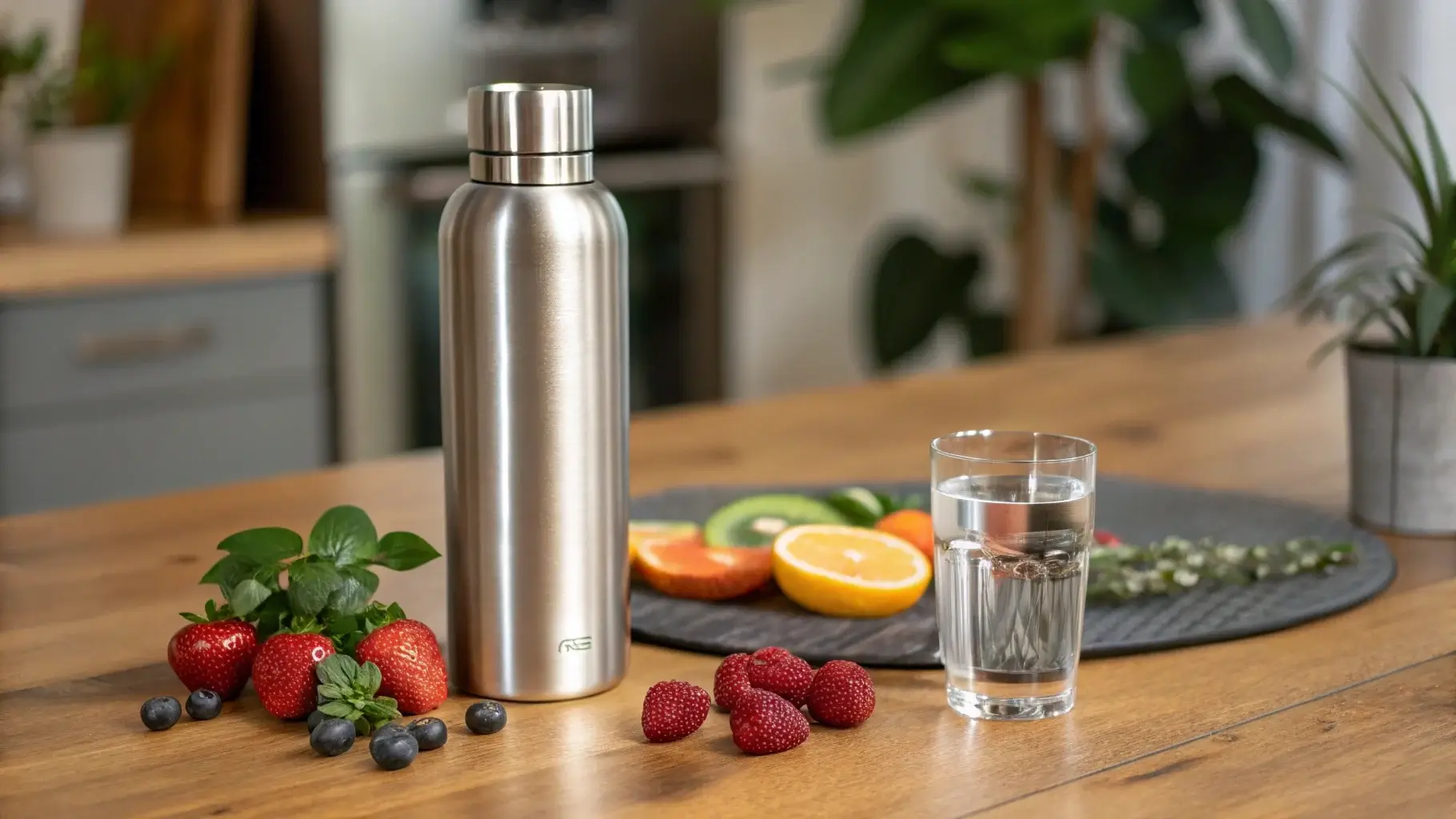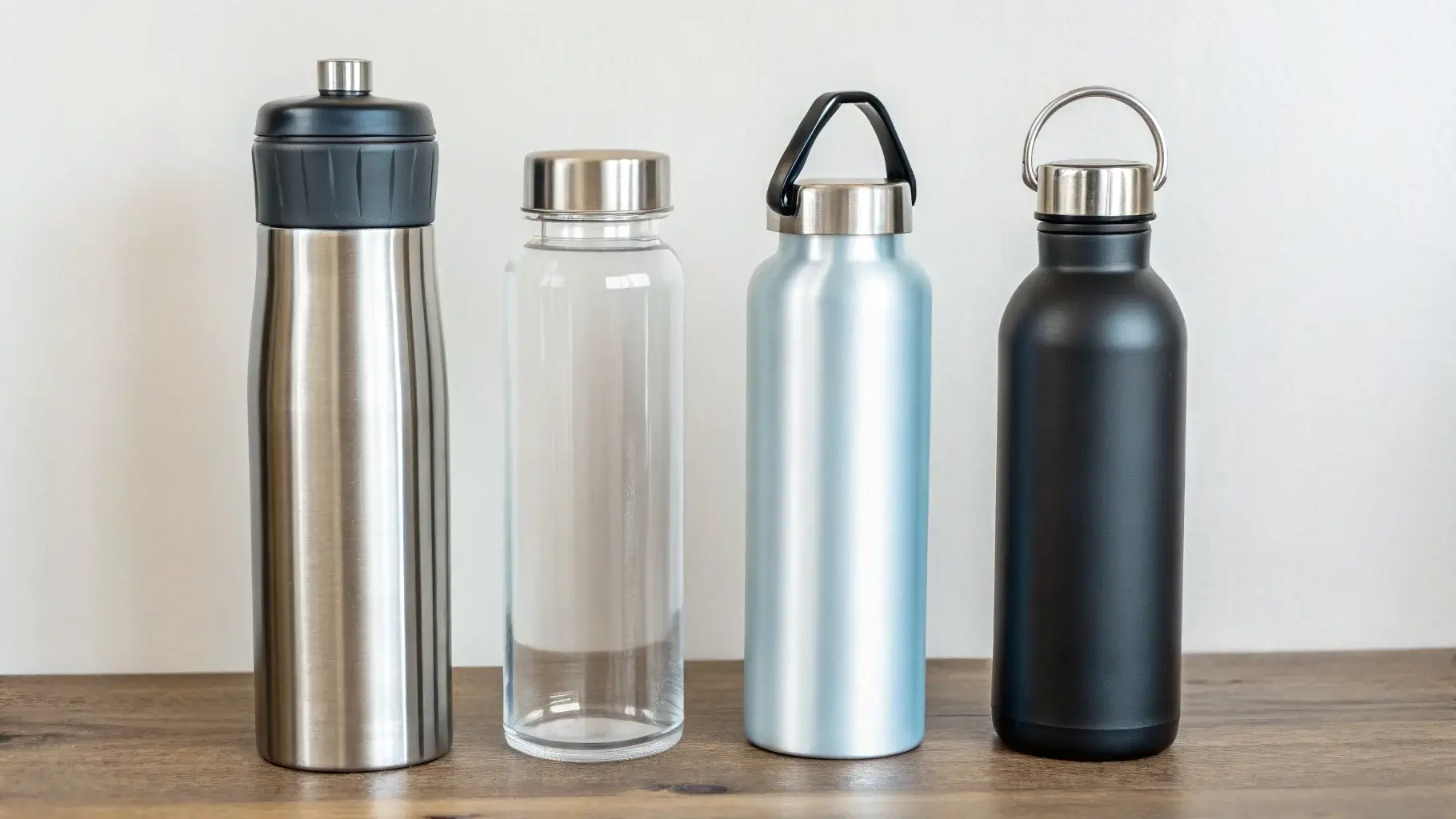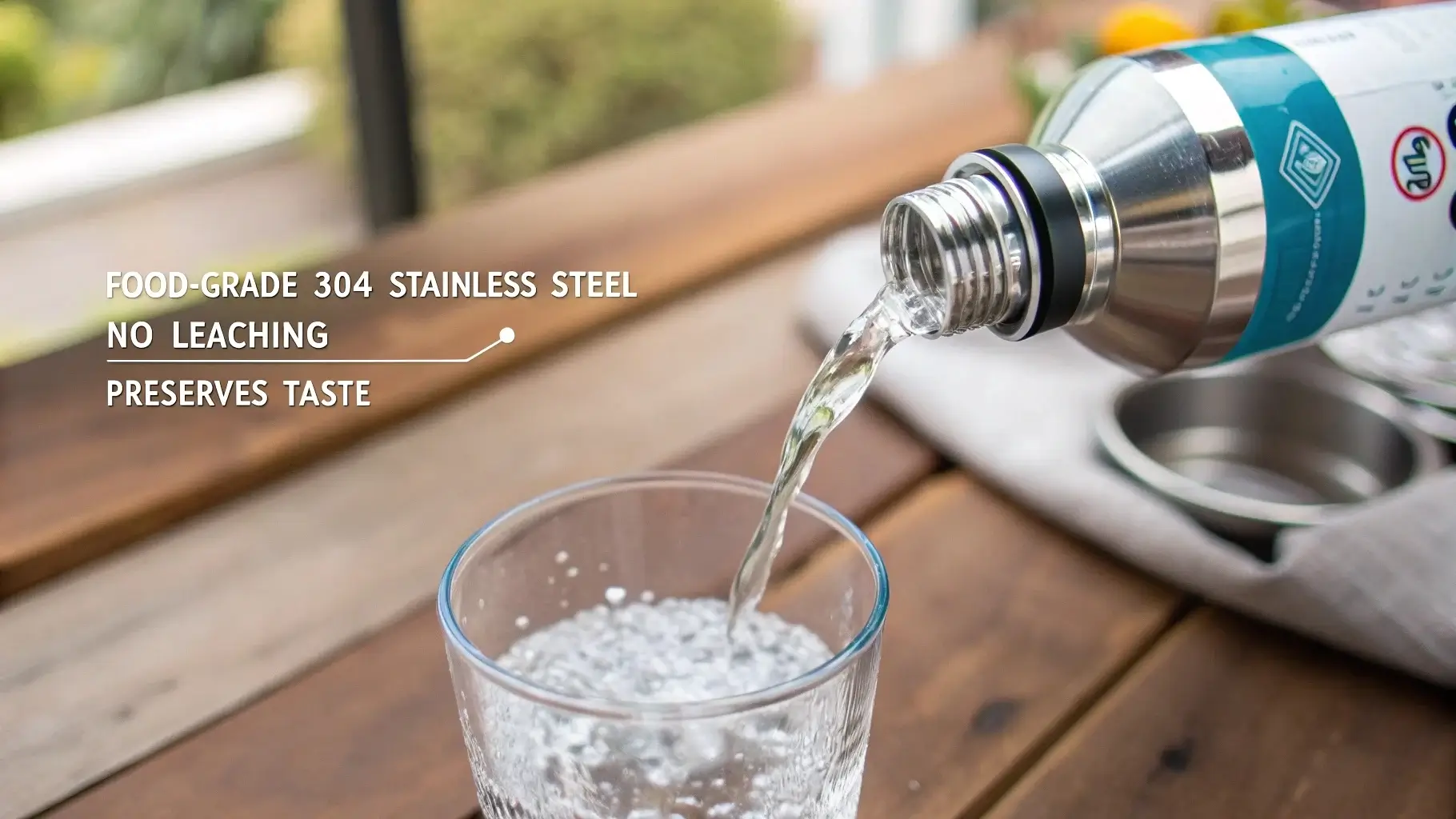
Many people fear unreliable bottles. They want healthy, lasting solutions. I promise to reveal how stainless steel eases these worries.
Stainless steel resists corrosion and retains fresh taste. It aligns with growing eco-friendly demands and delivers long-term use.
Keep reading to see why this material stands above other choices.
Why Are Stainless Steel Water Bottles Better?
Many individuals doubt plastic bottles. They want secure, durable alternatives. I intend to show how stainless steel water bottles1 solves this problem.
Stainless steel offers a solid build, easy cleaning, and consistent taste. It helps users reduce waste and maintain quality.

I have studied stainless steel bottle production for years. I run Sibottle in China. We have 14+ years of experience, 120+ staff, and five automated production lines. We manufacture over 800,000 bottles every day. I see how stainless steel stands up to daily wear and tear. It resists dents and corrosion. It also tolerates temperature changes without leaching chemicals.
Practical Benefits
I compare stainless steel with other materials. I see repeated patterns of durability, safety, and design versatility. Jack, a business owner from Vietnam, once told me about plastic bottles2 that cracked during shipping. That caused lost sales. After switching to stainless steel, he noticed fewer complaints and better brand perception. His clients saw the bottles as premium items. They also appreciated the eco-friendly image.
Performance Table
| Feature | Why It Matters |
|---|---|
| Corrosion Resistance | Maintains taste and safety over time |
| Impact Strength | Fewer dents and cracks during regular use |
| Thermal Stability | Safely holds hot or cold liquids without leaching |
| Recyclable Material | Can be recycled, reducing environmental footprint |
My own experience confirms these findings. Plastic bottles degrade3 and can leave aftertastes. Glass can be fragile. Aluminum often needs protective coatings. Stainless steel remains dependable and food-safe. According to a market analysis by Grand View Research4 in 2021, stainless steel water bottles gained popularity because people wanted sustainable products that last. I see that shift every day. More clients ask for items they can reuse and customize.
What Are the Disadvantages of Stainless Steel Bottles?
Some people worry about cost. They wonder if stainless steel is too heavy or expensive. I hope to address those concerns realistically.
Stainless steel might be pricier and heavier than plastic. It needs more initial investment and careful manufacturing.

I do not ignore the potential downsides. Stainless steel bottles require more resources to produce. The raw materials cost more than basic plastic or aluminum. Christina, a buyer from Ireland, once asked me why our steel tumblers cost more upfront. She managed a brand that sold to local shoppers who wanted sustainable items. She was afraid of pricing them too high. I explained that the materials are premium and tested for food safety. I also pointed out the long-term benefits5 that offset initial costs.
Possible Drawbacks
Stainless steel can dent if you drop it from great heights, although it usually holds up better than glass. It is sometimes heavier than plastic. This can be a problem for people who need ultra-light gear for extreme adventures. However, the weight difference is not severe for everyday use.
Weighing Pros and Cons
| Disadvantage | How to Address |
|---|---|
| Higher Initial Cost | Emphasize lifespan and branding advantages |
| Slightly Heavier Than Plastic | Use advanced designs or thinner walls carefully |
| Possible Surface Scratches | Offer protective coatings or cases |
| Dents if Dropped from High Places | Improve design with reinforced structures |
Is It Good to Drink Water in a Stainless Steel Bottle?
Many people doubt health claims. They wonder if metals can affect taste or safety. I want to show that stainless steel usually solves those concerns.
Stainless steel is non-reactive, so it preserves water taste and meets food safety standards.

I have tested many materials. I learned that stainless steel 3046 or 18/8 is commonly used for food-grade containers. It is resistant to rust, and it does not leach substances into drinks under normal conditions. I often reference guidelines from organizations like the U.S. Food and Drug Administration7, which recognizes stainless steel as safe for food contact.
Water Purity Table
| Material | Risk of Contamination | Taste Alteration Potential |
|---|---|---|
| Stainless Steel 304 | Very low, due to protective film | Rarely affects flavor |
| Aluminum | Possible if coating is damaged | Noticeable with acidic liquids |
| Plastic (BPA-free) | Low, though odors can develop | Sometimes a "plastic" taste |
| Glass | Very low, but breakable | Minimal, but fragile |
Conclusion
Stainless steel water bottles unite durability, safety, and style. They deliver peace of mind and long-lasting value for everyone.
-
Learn why stainless steel bottles are a superior choice for durability and eco-friendliness. ↩
-
Discover why plastic bottles often crack and lead to product waste. ↩
-
Understand how plastic bottles degrade over time and affect water quality. ↩
-
Read about the rising demand for stainless steel bottles in the market. ↩
-
See how stainless steel bottles provide long-term cost savings and branding benefits. ↩
-
Find out what makes stainless steel 304 safe for food and drink storage. ↩
-
Explore FDA guidelines on the safety of stainless steel for food contact. ↩

